Video
youtube
Ilana Holland — “I Had a Dream About You.” (2020)
Uhhh hi... Here is the film I had to make as a final for my cinema lighting class. There’s like, deeper meaning in it, but I don’t really think it shows. It’s due tomorrow and if I could make it better I would! (duh)
But yeah, I have to post it on here so that my classmates and professor can see it. So here it is.
4 notes
·
View notes
Photo

Fan Ho — “Another Dimension,” (1959) As the semester ends and I have finally completed all of my entries… I thought I should end with a classic Fan Ho photo. Fan Ho was also known for cropping his photos in super long strips. As if he was playing off of the long shadows he captured. This photo is featured upside-down. The legs, feet, and shadows of people elongated and disorienting. I think this is a good note to end on…
4 notes
·
View notes
Photo
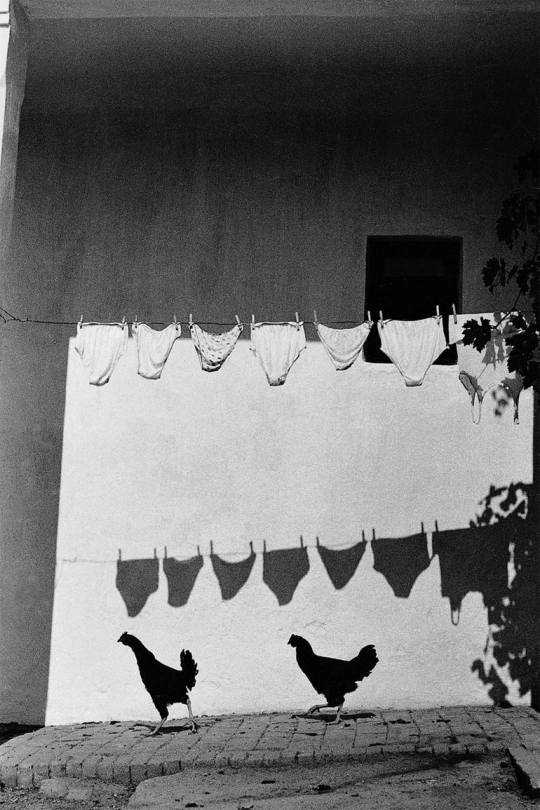
Bruno Bourel — "Courtyard suburb of Budapest, peasant house”
I like this image because the chickens look like shadows themselves. The drying undergarments that are hanging above cast shadows over the chickens that make it look like they’re hanging their own undergarments. It’s really cute if you think about it. A small chicken family doing laundry on a sunny day...
I think I’m going crazy, I haven’t been outside in a week.
#Bruno Bourel#Courtyard suburb of Budapest peasant house#chicken#shadow#other photos#black and white#film#underwear
1 note
·
View note
Photo

Barry Jenkins — “If Beale Street Could Talk,” (2018)
Berry Jenkins also was the director of “Moonlight.” James Laxton worked as the DP for this film.
Laxton points to his lighting design for Fonny’s garden studio/apartment, which is partially subterranean in front and opens in back, to highlight how lighting was used to make the film feel realistic. And yet within that lighting design of Fonny’s apartment, Laxton demonstrated what an expressionistic brush stroke he used to give “Beale Street” so much of its power. The smoky tungsten warmth of the couple’s love. The incredibly sensitive, almost lingering camera movement that captures a suspended-in-time feeling that Tish is experiencing as she makes love for the first time. The heightened reality of light blazing down on Fonny as he dreams of practicing the art that has been taken from him in jail. The almost Malick-like light seeping in from the windows as their child, and hope, is born.
#Barry Jenkins#James Baldwin#James Laxton#If Beale Street Could Talk#2018#Moonlight#lighting#movies#films
0 notes
Photo
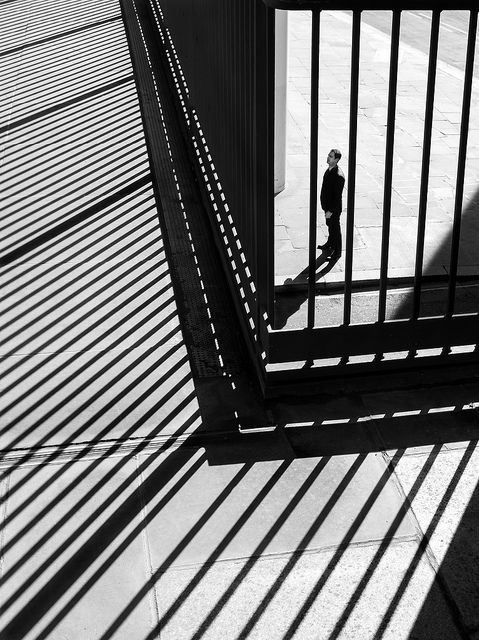
Rupert Vandervell — “Metaphysical Moment,” (2013)
Pretty, very long shadows, must’ve been when the sun was setting. Golden hour maybe? The black and white adds to the contract of the subject and also the feelings the image throws off. Almost a trapped feeling, maybe a sense of loneliness? I’ve been stuck in quarantine for 48 days now. This image is what I’ve been feeling all week.
#Rupert vandervell#metaphysical moment#black and white#photography#other photos#quarantine#trapped#jail#man
0 notes
Photo
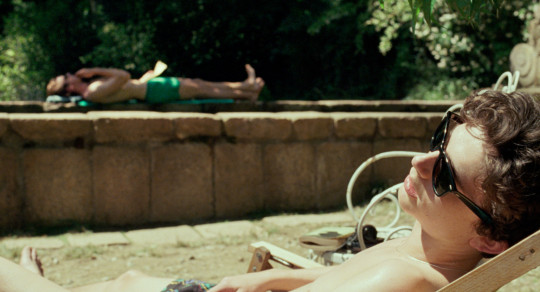
Luca Guadagnino — “Call Me by Your Name,” (2017)
I read this article that talked about the shooting process of this movie. It was shocking because during the filming of CMBYN, Italy was having the most rain it had ever had in a really long time. The cast and crew would have to wait to shoot in the moments of sun. Rushing to get whatever equipment they could out super fast. Because of this, there wasn’t time to set up complex lighting. I believe the way they got most of the scenes to not look so grey was with diffusers and also, sadly, in post.
But despite that, this movie was shot amazingly and continues to be pretty high on my list of movies. Definitely because of the cinematography, not that Timothée Chalamet is in it or anything. Totally not....,..,...
7 notes
·
View notes
Photo
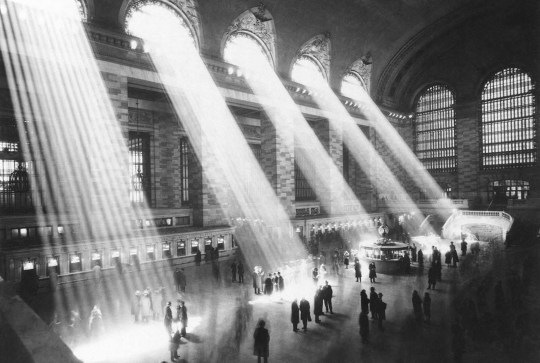
Sunlight streams through the windows in the concourse at Grand Central Terminal in New York City in 1954.
I think that this image is amazing because of obvious reasons... cough cough, the lighting. But also because it is impossible (for now) to take another photo like this at Grand Central Terminal. The buildings around the terminal are too tall, thus blocking all of the sunlight from going into any windows. Kind of a beautiful sadness if you think about it.
1 note
·
View note
Photo
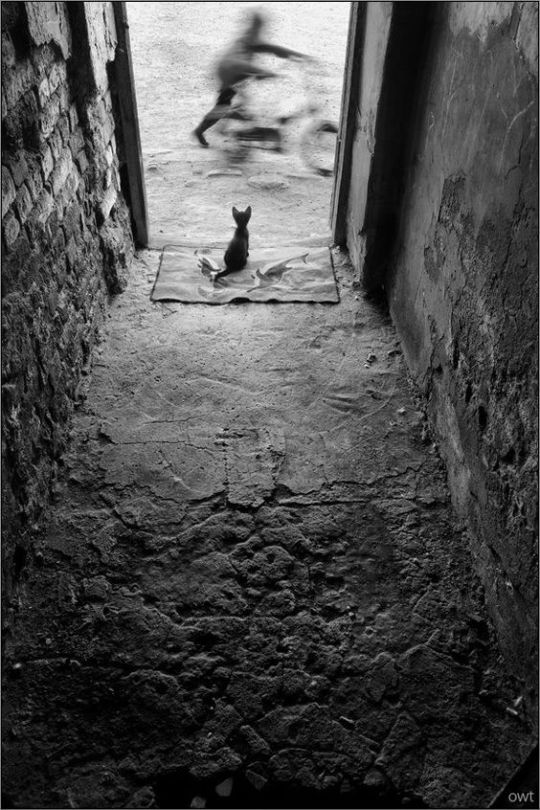
Igor Andreev — “Untitled”
This image reminds me of Henri Cartier Bresson. The stopped movement of the biker and the stillness of the small cat. There’s always something about black and white photos that just bring out so much detail. Like the dolphins on the mat that the cat is sitting on. It’s just such a small intimate image. Wonderful really.
1 note
·
View note
Photo
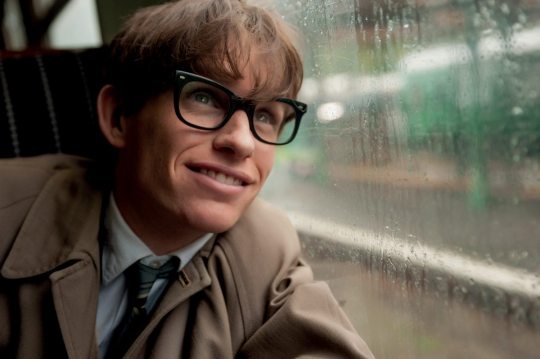
James Marsh — “The Theory of Everything,” (2014)
Cinematographer Benoît Delhomme said, “During shooting I felt free to make the light stronger, the sun more powerful than it should be and the colors more saturated. I often flicked from strong monochromatic ambiances for symbolic reasons and meanings, like in a scene when Stephen watches television after being diagnosed. The sun shining through red curtains is ‘bathing’ the whole scene in a strange red glow, as if Stephen was trying to hide in a womb.”
He also said, “This movie is about a cosmologist, so I wanted the light of the Universe to be a real character following Stephen’s emotional journey. He is able to conceive how the Universe was created, so I thought the sun should be his best friend. Stephen is the sun of this film, he is a very charismatic man, and the rest of the characters are pulled towards him, like planets.”
#James Marsh#the theory of everything#steven hawking#2014#other films#movie#Eddie Redmayne#felicity jones#films
2 notes
·
View notes
Photo

Sally Mann — “Candy Cigarette,” (1989)
I like this image because of the great light that is highlighting Sally Mann’s daughter. This image is a striking example of Mann's distinctive combination of careful planning and serendipity. In this work Mann's daughter, Jessie, suspends her activity and gracefully balances a candy cigarette in her hand, appearing to be the innocent miniature of a blonde and gangling twenty-something beauty. Mann’s expressive printing style lends a dramatic and brooding mood to all of her images.
4 notes
·
View notes
Photo

Katrin Koenning — “Successions (glow),” 2017
Koenning is a German photographer and photographic educator based in Melbourne, Australia.
“Successions is a work that focuses on the vernacular; things in my proximity. The work is – without agenda – a play with light, impermanence and faculties of seeing.“
I have no idea how she took this photo but I really like it. The figure seems to light itself. The other diegetic lighting is photographed really well too. I mean, look how contrasted the ripples in the water are.
3 notes
·
View notes
Photo

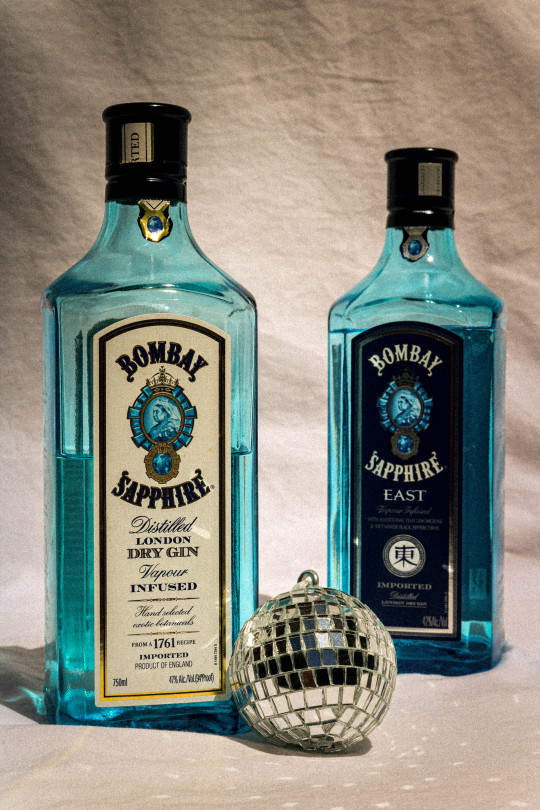
April 14, 2020 — Tuesday (11:19)
Annnnnddd this was supposed to be inspired by advertisement photos from the 1920s-1960s. I really wanted to use these bottles because of the very “vintage” blue. Again, I do not have any kind of in-home studio... So I hung up a sheet outside and worked with full on natural sunlight. I tried to edit both photos in a way where the blue of the bottles stayed as close to their natural color, but everything else is this kinda ugly sepia-ish tone. The disco ball in the second photo I thought looked kinda cool cause of the small reflections it casts. Like, “drink our alcohol cause then you will party! Woot woot!” Ya know?
2 notes
·
View notes
Photo
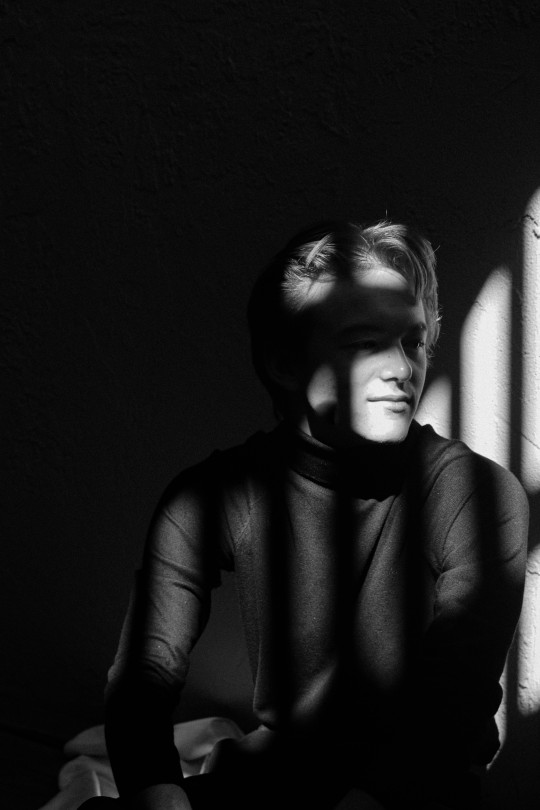
April 14, 2020 — Tuesday (14:46)
Working on a project for my photography class... We were supposed to copy the style of 1920s-1960s fashion photography. Not sure if I pulled it off, but for this class we’re focusing on light. Because I don’t have an in-home studio, I had to work with the natural light that I had. I made Spencer, the “model”, sit against this wall where my fence was creating these elongated shadow lines. With some editing and the press of the black and white button in Lightroom, I was able to get this image to what it looks like here.
It works, I guess.
0 notes
Photo
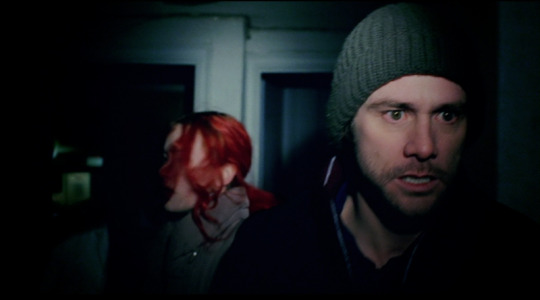
Michel Gondry — “Eternal Sunshine of the Spotless Mind,” (2004)
Finally got to watching this movie after having it been recommended to me over and over again. Very interesting plot. Long story short, in this world you can erase your memories of specific people.
In this scene the memory is literally falling apart and Joel, one of the main protagonists, realizes that he doesn’t want to loose his memories after all... The spot light flattens the image and gives the audience this sense of, I dunno, tenseness? The hard to see darkened edges of the frame also further add to the theme of memories being lost.
#Michel Gondry#Eternal Sunshine of the Spotless Mind#kate winslet#Jim Carrey#lighting#memory#2004#snow#darkness#spotlight#films
4 notes
·
View notes
Photo
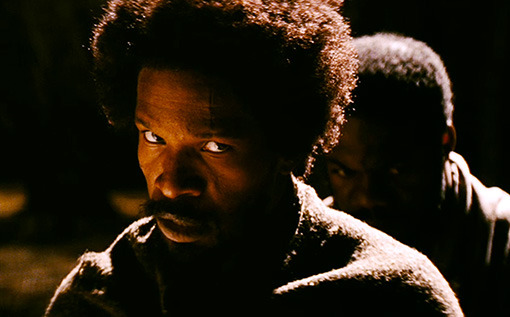
Quentin Tarantino — “Django Unchained,” (2012)
Quentin loves his bright overhead light sources. Pretty much every Tarantino flick has a few scenes with a spotlight from above during key moments. After the massacre at the Candie plantation, notice the incredibly bright light shining from above on Jamie Foxx. Oil lamp technology during the 1860’s certainly wouldn’t be capable of such brilliance, yet we don’t notice.
The same goes for the scene where Dr. Schultz meets Django and the other unfortunate souls he’s chained to. Texas, in the middle of the night, is more than likely a pretty dark place yet we can see the characters quite clearly. All this light should seem odd, but we don’t notice. It must be from that especially bright moon raining light all over the set. The art of lighting is the delicate balance between the obvious and the vague. Tarantino is its master.
2 notes
·
View notes
Photo

Wong Kar-wai — “In the Mood for Love,” (2000)
This gorgeously shot flick was so leisurely and voyeuristically filmed that the light had to have a certain aloofness to it. Always there yet seemingly absent, the shadowy illumination helps emphasize Mo-wan and Li-zhen’s forbidden relationship beautifully. The lighting almost manages to create its own separate narrative.
Rarely does such an elegant flick grace us with such a limber presentation. In The Mood For Love is a celluloid ballet of light and shadow whose beauty is undeniably present throughout it’s 98 minutes. Sadly, it remains largely unknown in the States.
5 notes
·
View notes
Photo
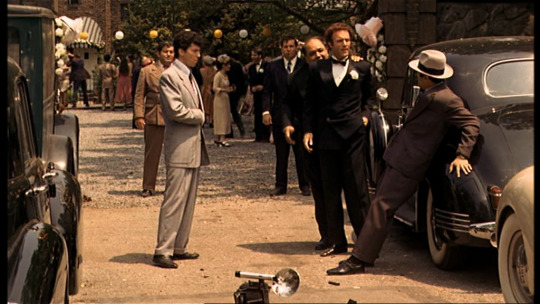
Francis Ford Coppola — “The Godfather,” (1972)
Ohh a classic. I go to film school with a bunch of American film nerds, you can’t go one conversation without this one being brought up...
Anyway, this film made cinema history by introducing a new style of cinematography. Before Gordon Willis, cinematographer, shot The Godfather, movies were vastly over-lit so they could be seen in the drive-ins and not disappear into the dark of the night. But Willis’ cinematography was a bold step forward, changing the look of movies forever. Because of The Godfather, studios actually had to make two sets of prints, a lighter one for drive-ins, and a darker one for theaters. Today many films use dark cinematography, so it’s more familiarized. Also, with digital cameras it’s easier to shoot in the dark.
This is just another post where I mention lighting throughout the whole film and not just one scene.
6 notes
·
View notes